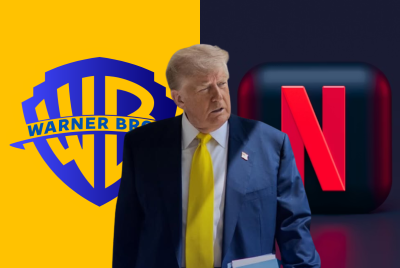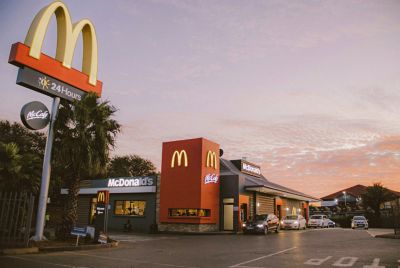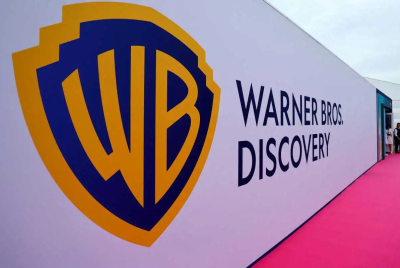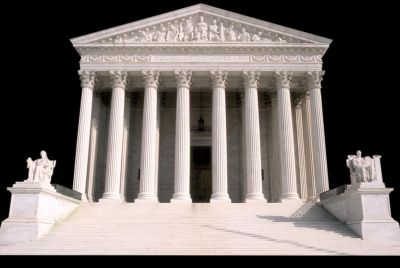HPE Seals $14 Billion Juniper Buy‑out: Regulators Satisfied, AI Ambitions Ignited
HPE finalises its $14B Juniper acquisition, gaining scale in AI networking and clearing regulatory hurdles for global expansion
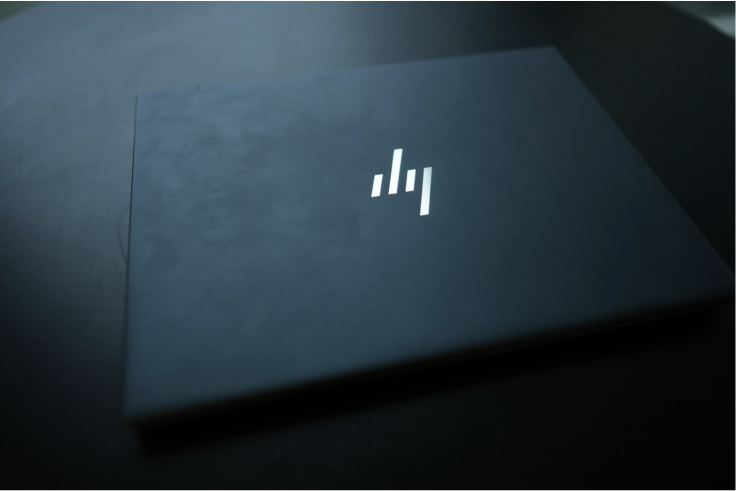
Hewlett Packard Enterprise has announced closing its long‑trailed, all‑cash purchase of Juniper Networks, paying $40 (£29.30) a share—about $14 billion (£8.06 billion) in equity value—and creating a new, AI‑centred networking giant poised to challenge Cisco's decades‑long dominance.
The deal, first announced in January 2024, cleared its final hurdle on June 28, 2025 when the US Department of Justice approved a last‑minute settlement.
Regulators Relent After Key Concessions
Antitrust officials had warned the transaction could squeeze competition in the mid‑market wireless‑LAN sector, where HPE's Aruba and Juniper's Mist brands hold the second‑ and third‑largest shares behind Cisco.
To win approval, HPE agreed to divest its Aruba 'Instant On' small‑business Wi‑Fi line and to license portions of its wireless source‑code to an independent third party. The settlement also obliges HPE to guarantee limited access to Juniper's Mist AIOps telemetry engine for rival vendors, a move the DOJ says 'preserves choice for campus and branch customers'.
AI First, Networking Second
HPE will fold Juniper and Aruba into a single HPE Networking unit, headed by Juniper's long‑time chief executive Rami Rahim. Central to the strategy is Mist AI, Juniper's self‑healing operating system that uses machine‑learning to spot faults and optimise traffic before users notice a slowdown.
HPE says bolting Mist onto its GreenLake edge‑to‑cloud platform creates the industry's first 'cloud‑native, AI‑driven stack' spanning switching, routing, Wi‑Fi and security. Chief executive Antonio Neri defined the merger as transformational—doubling their networking revenue and placing HPE at the heart of data‑first IT.
Analyst Applause Tempered by Integration Jitters
Industry analysts have broadly acknowledged the strategic significance of HPE's acquisition, noting it substantially enhances the company's position in the AI-driven networking space. The merger expands HPE's scale and reach, particularly in cloud-native infrastructure and automation, aligning more closely with its long-term AI networking ambitions.
However, experts have cautioned that integration challenges lie ahead—particularly around overlapping product lines such as ArubaOS and Junos. Analysts have highlighted potential friction in channel-partner ecosystems and warned that delays in unifying operating systems could create confusion for customers.
Meanwhile, earlier reporting from Network World reflects unease among Juniper's enterprise clients, who have expressed concern about possible changes to technical support and the risk of losing key talent during the transition.
Cisco Looks Over its Shoulder
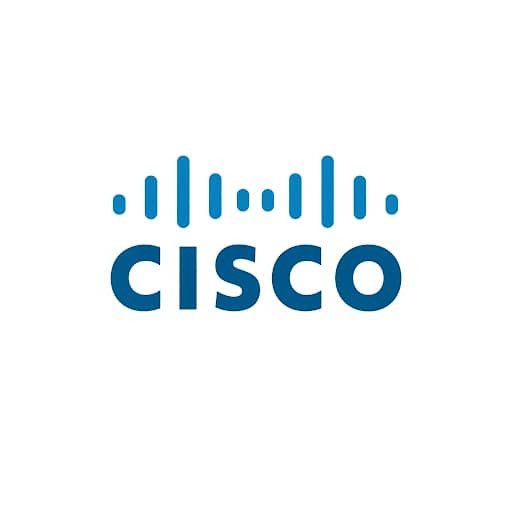
Cisco continues to dominate with about 39% of global switching revenue. With Juniper's inclusion, adding around 5% to HPE's existing ~15% share, HPE could soon command mid-teens market share and place ahead of Arista in certain segments.
Juniper also brings deep telecom‑class routing expertise, opening fresh inroads into the 5G carrier market at a time when operators are increasingly adopting AI-powered traffic and energy optimisation.
High Stakes for Balance Sheet
The $14 billion acquisition of Juniper Networks marks Hewlett Packard Enterprise's largest strategic move since its 2015 split from HP Inc. Management has outlined plans to deliver approximately $450 million (£329.68 million) in annual cost synergies within three years and has signalled its intent to expand networking margins into the low- to mid-teens range, though no formal target has been issued for consolidated operating margins.
Earlier this year, HPE announced a workforce reduction of around 2,500 employees—about 4% of its global headcount—as part of a broader cost-cutting effort expected to save $350 million (£256.42 million) annually. While Moody's has maintained a stable outlook on the company's credit rating, S&P Global revised its outlook to negative, citing integration risks and elevated leverage following the transaction.
Three Things Customers Should Track over Next 12 months
- Product‑line roadmap (Q4 2025): HPE promises a unified campus‑to‑cloud catalogue by year‑end, clarifying which Aruba and Juniper SKUs survive. Failure to communicate early could push uncertain buyers towards Cisco or Arista.
- Mist AI inside GreenLake (H1 2026): The first 'AI‑ops as a service' bundles are slated for general availability next spring; early adopters should watch pricing and telemetry‑data access terms.
- Service‑level continuity: HPE says existing Juniper support contracts will be honoured 'without change', but partners expect a single ticketing portal and harmonised SLAs within six months. Customers with multi‑year renewals due in 2025 should press for clarity now.
© Copyright IBTimes 2025. All rights reserved.







